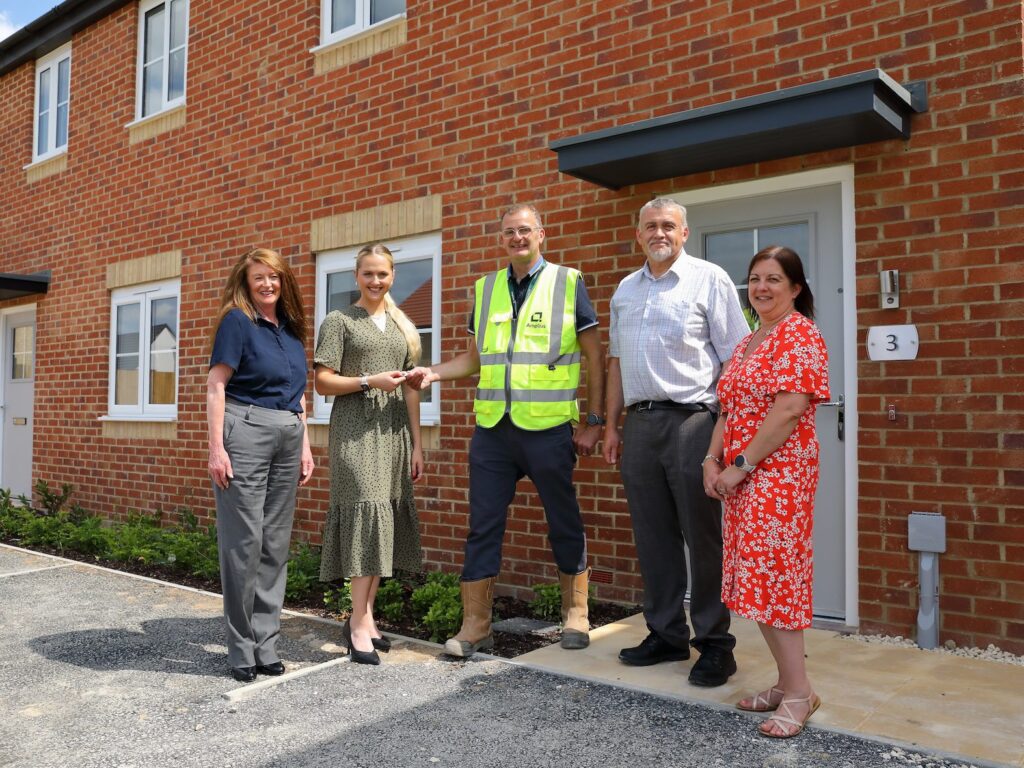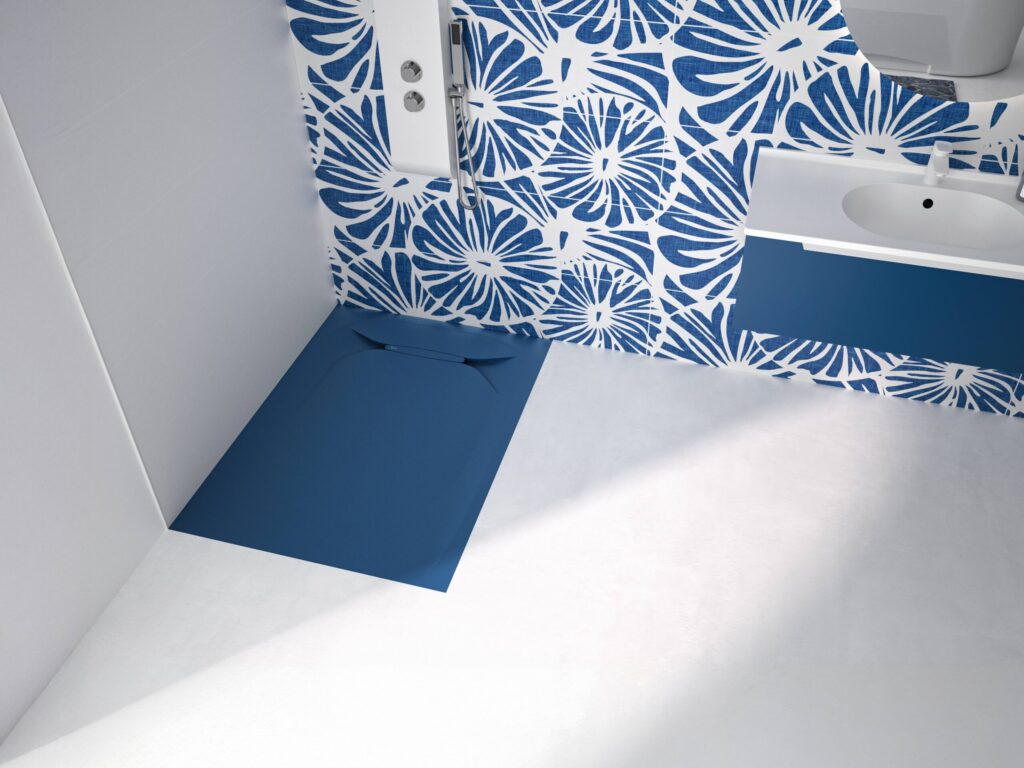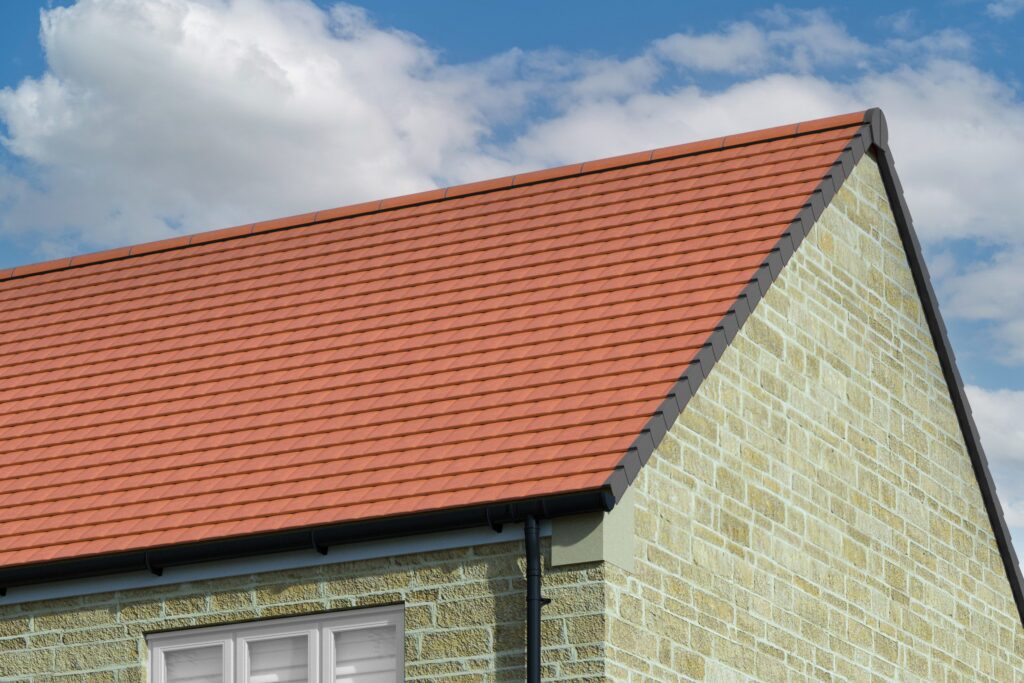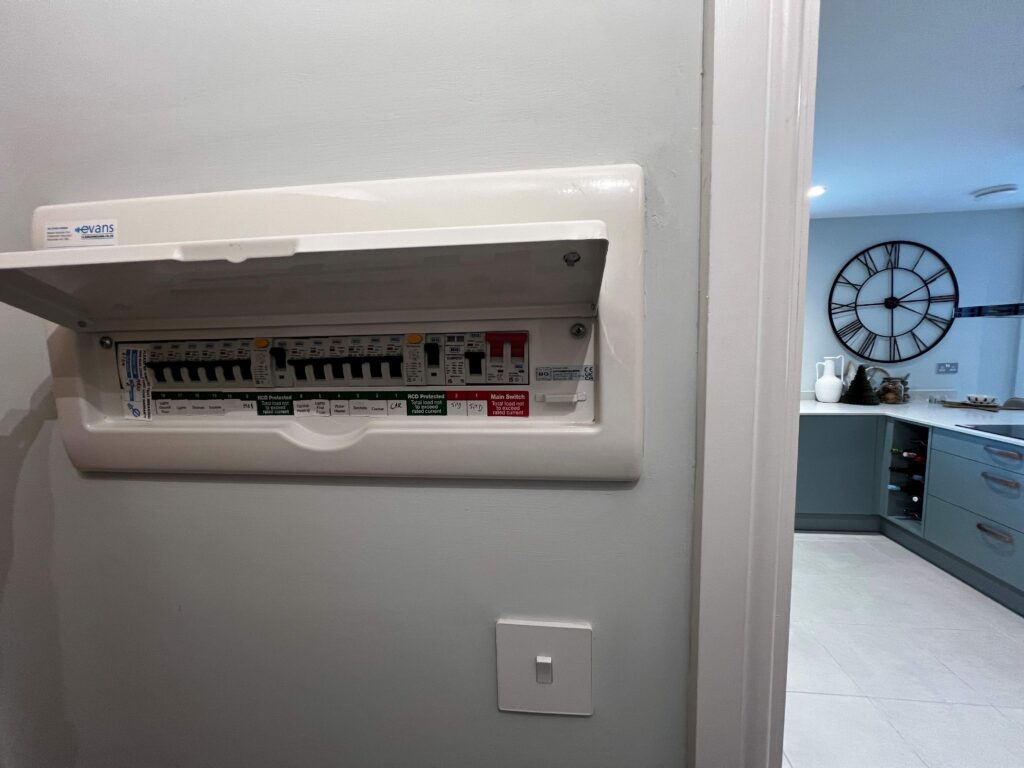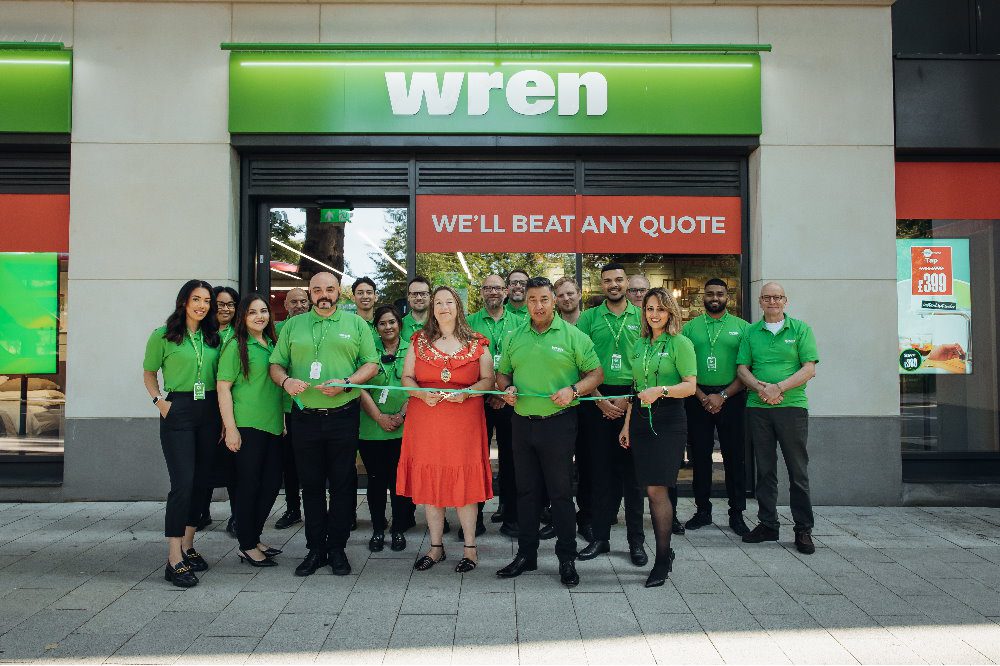Further steps are needed for UK to match European Nations’ district heating rollout. As the UK’s implementation of sustainable and efficient district heating technology continues to lag behind other European nations, a new whitepaper is providing technical advice on district heating pipework to help bridge this gap.
Mainland Europe remains ahead of the curve in adopting heat networks, with Statista highlighting how the technology is used in a quarter of all German new-build homes. By comparison, heat networks facilitate only 2% of the UK’s heat demand despite government targets of 20% by 2050, demonstrating a need for greater urgency and guidance to enable a more effective national rollout.
Taking these concerns into account, REHAU’s district heating design team have launched a new technical whitepaper, Trends in District Heating Pipework. The document aims to provide district heating specifiers and contractors with key considerations and technical points for the next generation of heat networks, as Steve Richmond, Head of Marketing and Technical at REHAU Building Solutions UK, explains:
“As recent reports have demonstrated, the current rollout of heating networks in the UK pales in comparison to the Government’s net zero ambitions, and lags behind many European nations,” he said. “To catch up and meet such lofty goals, industry needs greater guidance on how to implement district heating technology – more specifically, fourth and fifth generation networks.
“This involves more awareness of key considerations with these new systems, including the jointing process, heat network design and other installation and site considerations. It is with this in mind that we have published our latest whitepaper, detailing the factors and variables behind implementing the technology that is set to form a major part of the UK’s national heating infrastructure.”
The whitepaper goes on to discuss material pipe choices and includes frequently asked questions in the component selection process. This includes covering important topics such as the difference between carbon emissions during transport, the importance of shrouds and flow and return temperatures. Also covered are the differences between single and twin pipes, district and communal heating systems, and fourth and fifth generation district heating systems against their third-generation counterparts.
“Current government thinking suggests that 20% of UK heat demands will be met by district heat networks,” says Bean Beanland, Director for Growth and External Affairs at the Heat Pump Federation. “Whether to improve comfort conditions in social housing, to facilitate the removal of gas from high rise buildings, to enable the capture and sustainable use of waste heat, or to deliver technology leading efficiencies with simultaneous heating and cooling, enormous growth in the heat networks sector is certain.
“Supply chain leaders, such as REHAU, have a massive contribution to make in training, quality and product innovation, so the Heat Pump Federation is delighted to welcome the publication of this report, and its contribution to the decarbonisation of heat in the UK.”
To read more news and exclusive features see our latest issue here
Never miss a story… Follow us on:
Showhome
@Your_Show_Home
@Showhomemag
Media Contact
Anna Wood
Editor, Showhome
Tel: +44 (0) 1622 823 922
Email: [email protected]







